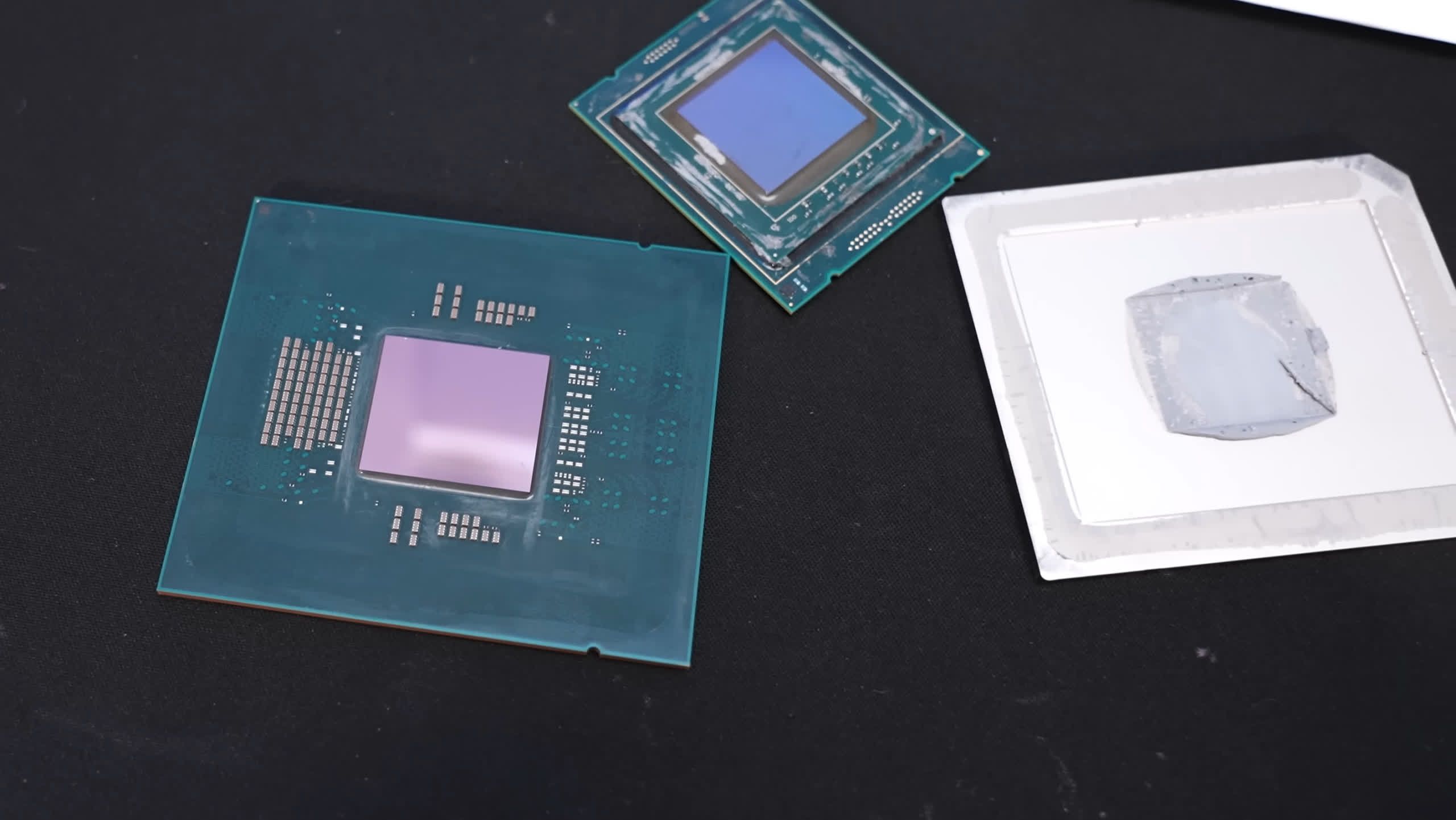In context: Ampere’s Arm-based Altra processor lineup features impressive power efficiency and performance, superior to x86 alternatives in some situations. They come with multi-socket support, with the company offering models with up to 128 cores.
Overclocker and YouTuber der8auer posted a new video showcasing the performance of an Ampere Altra Q80-30 server processor and even delidded a sample to see what’s under the IHS.
The Altra Q80-30 features 80 QuickSilver cores (based on Arm’s Neoverse N1 architecture derived from the Cortex-A76 found in some smartphone SoCs) and utilizes TSMC’s N7 manufacturing process. It supports 128 PCIe 4.0 lanes, eight channels of DDR4 memory, and has a maximum frequency of 3GHz.
Der8auer ran Geekbench 5 on an air-cooled server powered by one of these chips and got a whopping 44,425 multi-core score. For comparison, the current world record holder, a liquid-cooled AMD Threadripper 3990X featuring a massive overclock, only got 34,735 points in the same test. The YouTuber also noted the impressive power efficiency of the Arm processor, with CPU-only power draw peaking at just 180W during testing.
Later in the video, der8auer delidded an Altra Q80-30 sample (presumably already dead) using the vice method. Surprisingly, Ampere opted to use standard thermal paste as the thermal interface material instead of soldering the IHS to the CPU die like Intel and AMD usually do. The company likely took this route because it’s more cost-effective, as Arm processors are easier to cool than x86 designs due to their superior power efficiency.
The CPU die of the Altra Q80-30 measures about 22.5 mm x 25.5 mm, resulting in a surface area of 574 mm2. Der8auer compared it side-by-side with an 18-core Intel Core i9-7980XE built on a 14nm node, which has a die size of 480 mm2. However, the Ampere chip has a larger substrate and over twice the number of pads on the back due to supporting far more PCIe lanes.





















Discussion about this post